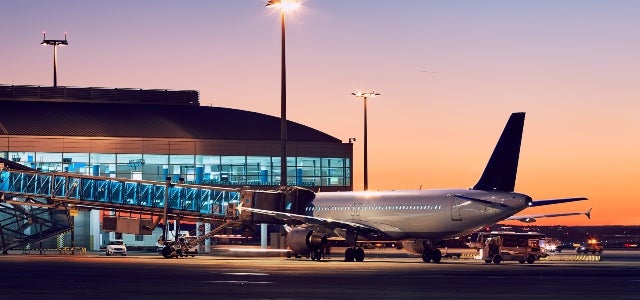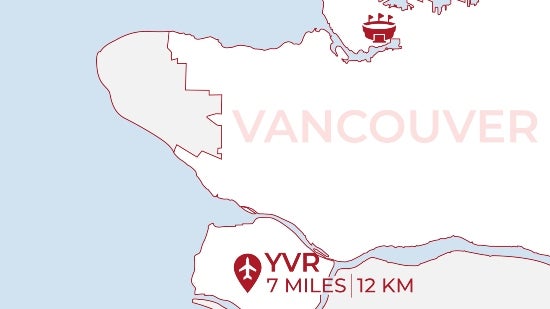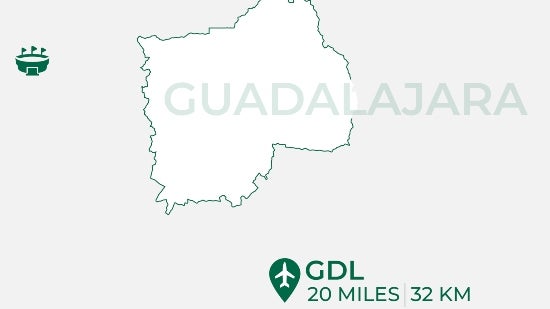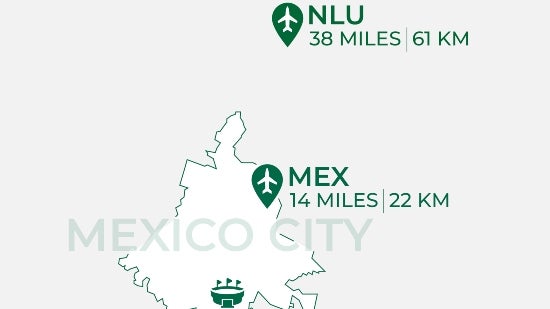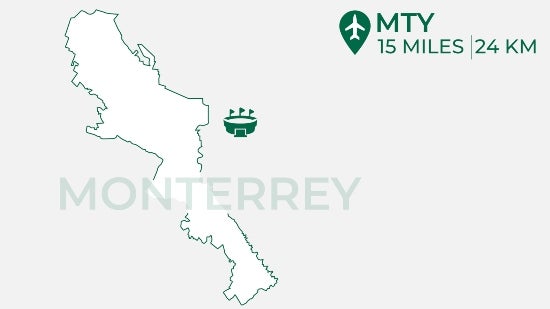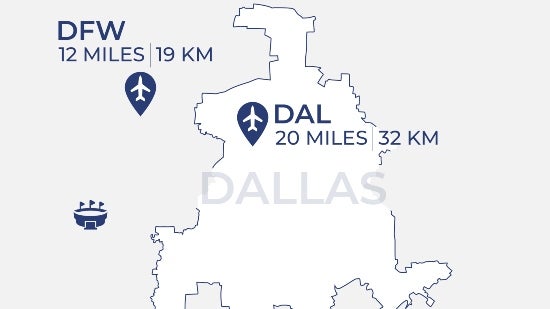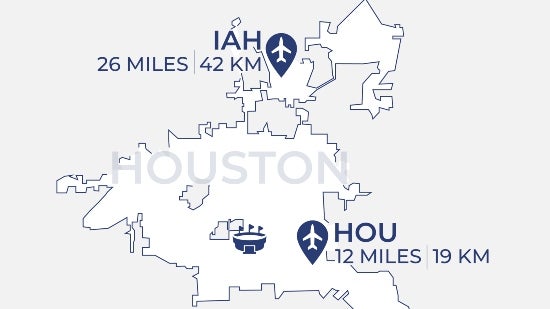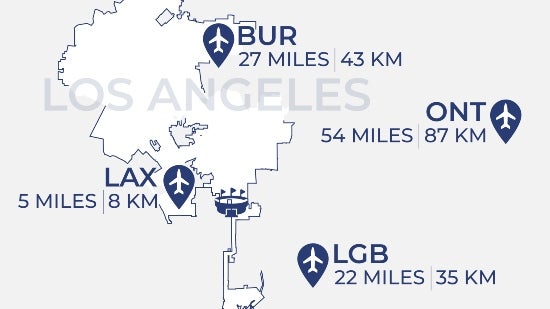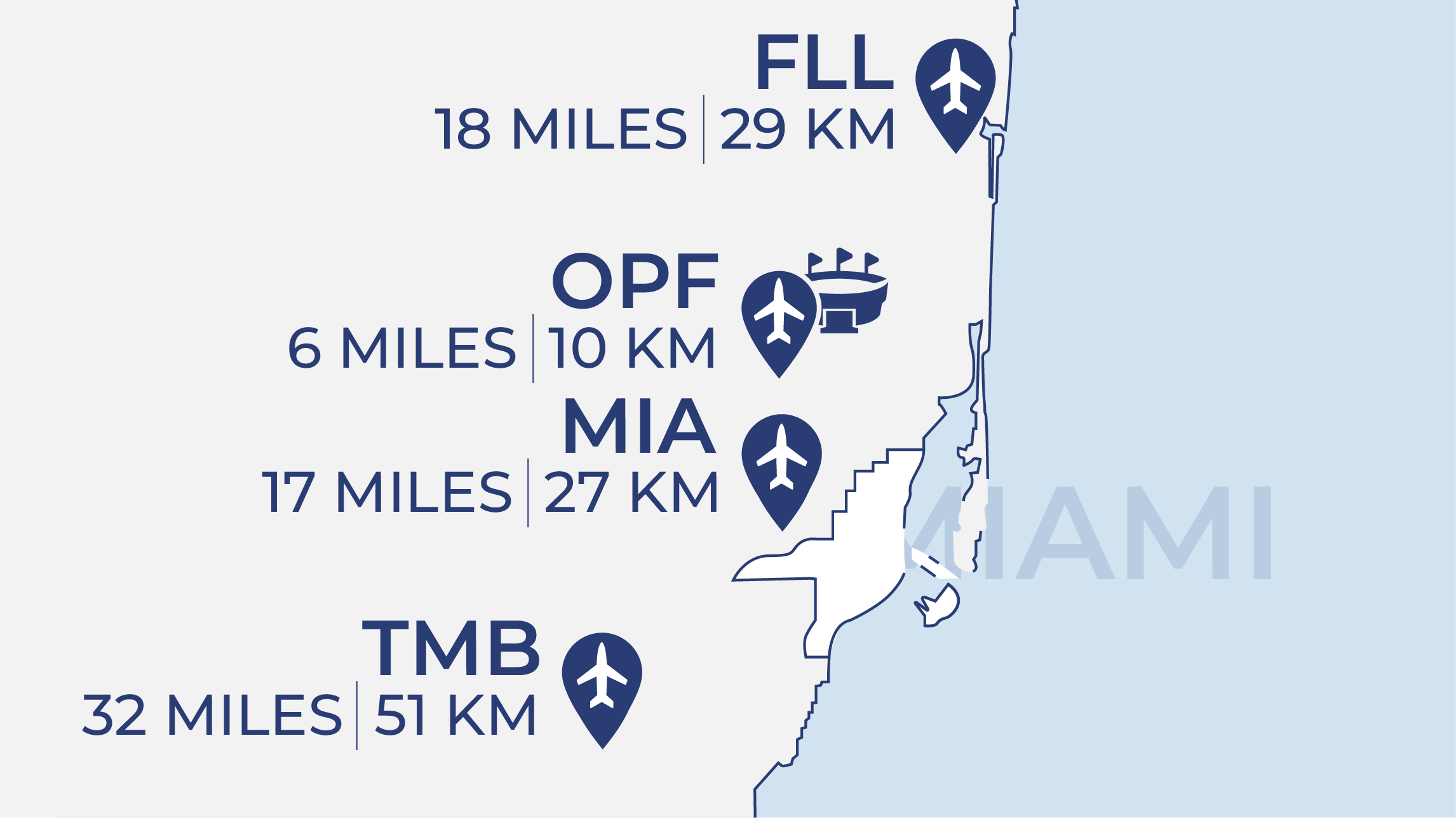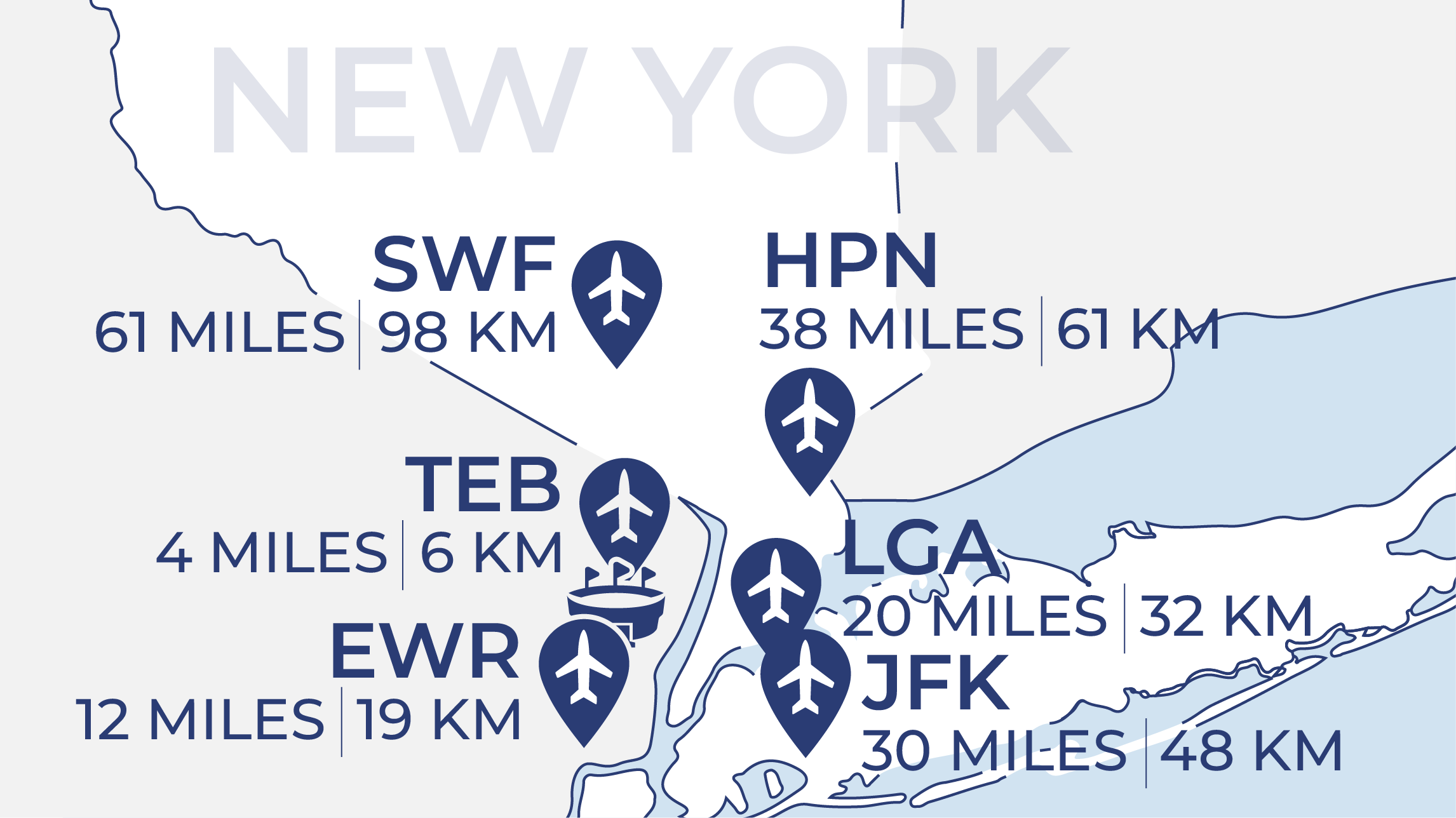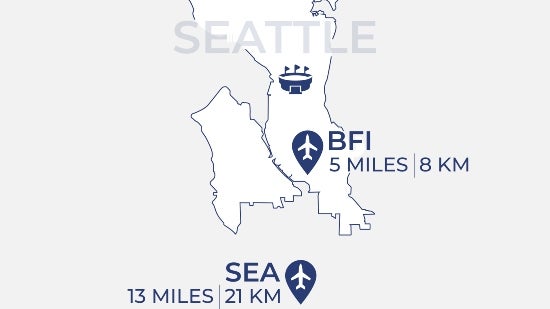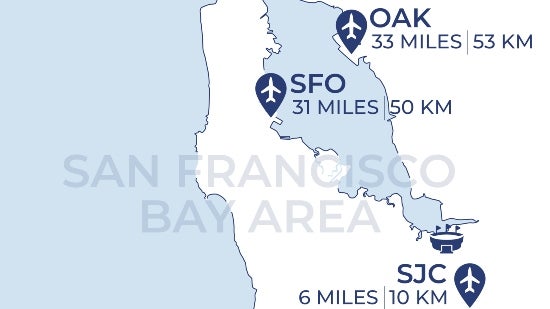Newark Liberty International Airport (EWR, KEWR)
Distance from stadium: 12 miles (19 km)
Night curfew: None; noise abatement procedures
EWR serves the New York metro area with over 40 million passengers annually. Located 24 km from Manhattan, it features a newly opened Terminal A and direct rail links to Penn Station. With a maximum runway length of 11,000 feet, it can accommodate all charter aircraft, including heavy widebodies, with full customs and 24-hour operations. Slot coordination and handling are regulated, requiring advance arrangements for charter and non-scheduled flights.
John F. Kennedy International Airport (JFK, KJFK)
Distance from stadium: 30 miles (48 km)
Night curfew: None; noise abatement via preferential runways and routes
JFK is about 15 miles from Manhattan and 30 miles from the stadium. While farther than EWR, it’s accessible via AirTrain and public transit, with travel times to the stadium around 45-60 minutes by car. It remains a solid option, especially for international travelers. With four long runways and robust ramp capacity, JFK can accommodate all aircraft types, from narrowbody charters to full widebody operations.
Laguardia Airport (LGA, KLGA)
Distance from stadium: 20 miles (32 km)
Night curfew: 00:00 - 06:00lt
LGA is about 6 miles from Manhattan and 20 miles from the stadium. Though it lacks a direct rail link, buses and taxis connect to the subway and NJ Transit. Driving takes 30-45 minutes, making LGA a convenient choice for domestic travellers heading to the stadium. Runway lengths of around 7,000 feet limit operations to narrowbody and midsize business jets.
Teterboro Airport (TEB, KTEB)
Distance from stadium: 4 miles (6 km)
Night curfew: 23:00 - 06:00lt
TEB primarily serves private and corporate aviation, offering a convenient option for travelers seeking close access to the stadium. Driving typically takes around 10 to 15 minutes, depending on traffic. Its location near both the stadium and Manhattan makes it ideal for fans flying private. The airport’s longest runway, stretching 7,000 feet, along with its specialized FBOs, makes it ideal for business jets and private charters, though scheduled airline and widebody flights are not allowed.
New York Stewart International Airport (SWF, KSWF)
Distance from stadium: 61 miles (98 km)
Night curfew: None
Located in New Windsor, about an hour north of New York City, SWF accommodates both commercial and private aviation. With its 11,800-foot runway, SWF easily handles large jets, international charters, and military operations. The airport operates 24/7 with U.S. Customs and Border Protection on site, making it suitable for international arrivals without diversion to larger NYC airports. While farther from the city and stadium than Teterboro, Stewart offers a less congested alternative with ample ramp space and lower operating costs for charter and private flights.
Westchester County Airport (HPN, KHPN)
Distance from stadium: 38 miles (61 km)
Night curfew: None; Voluntary Restraint from Flying (VRFF) period 00:00 - 06:30lt
Situated in White Plains, just north of New York City, HPN offers a convenient and efficient gateway for private and corporate travelers. The airport supports business jets, regional aircraft, and select commercial services, with two runways - one 6,550 feet and another 4,450 feet - suitable for most midsize and large private aircraft. HPN’s proximity to both Manhattan and northern suburbs makes it a popular choice for executives and sports fans seeking shorter ground transfers while avoiding the congestion of major NYC airports.

